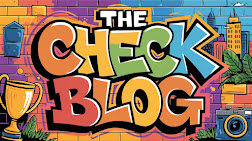In today's fast-paced world, staying organized is essential for productivity and peace of mind. Free checklist apps have become indispensable tools for managing tasks, tracking progress, and ensuring nothing falls through the cracks. Whether you're a busy professional, a student juggling assignments, or someone simply trying to keep household responsibilities in order, a quality checklist app can transform your organizational system without costing you a penny.






.jpg)
%20(1).jpeg)
.jpg)
.jpg)
.jpg)
.jpg)
.jpg)
